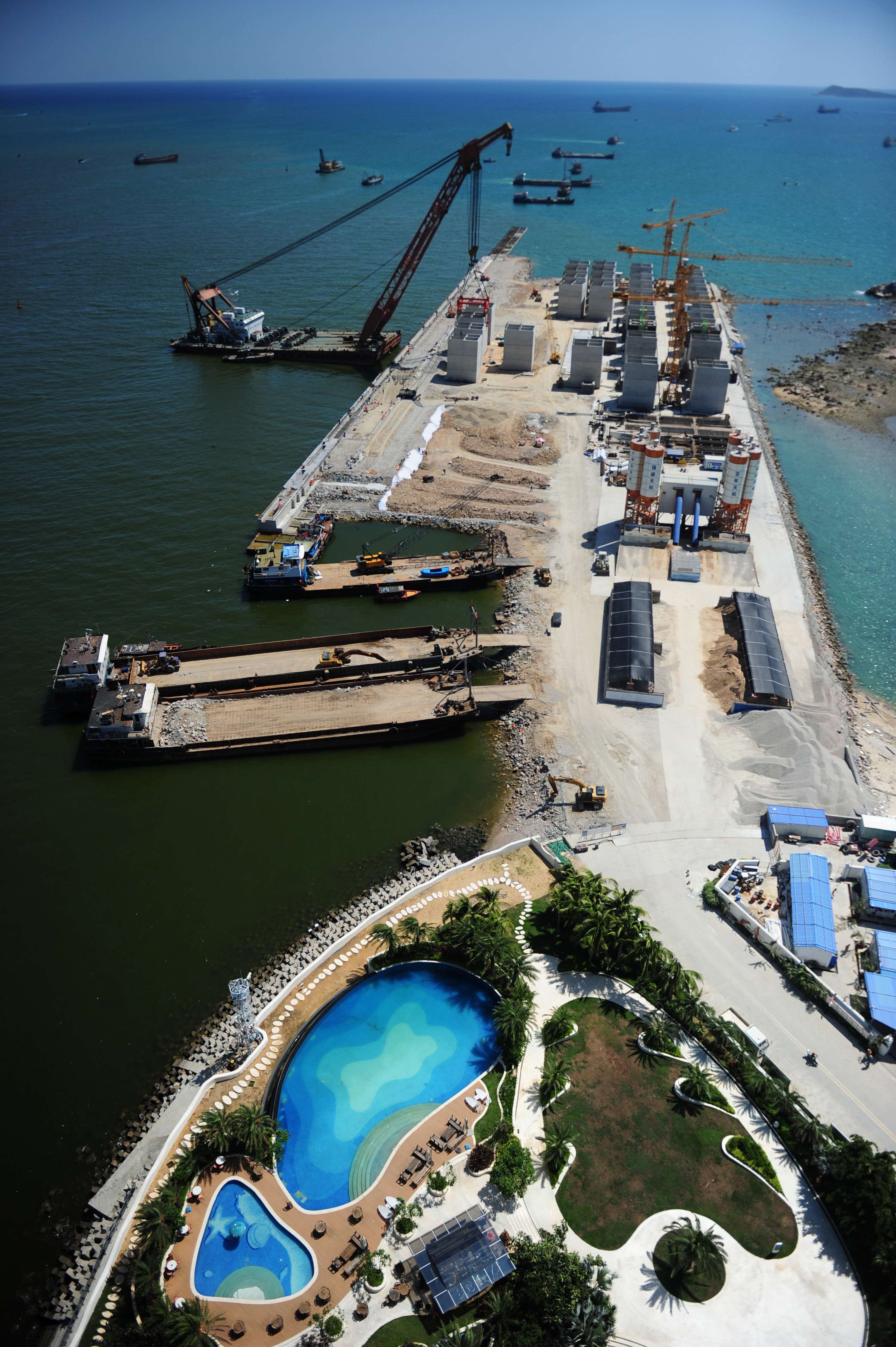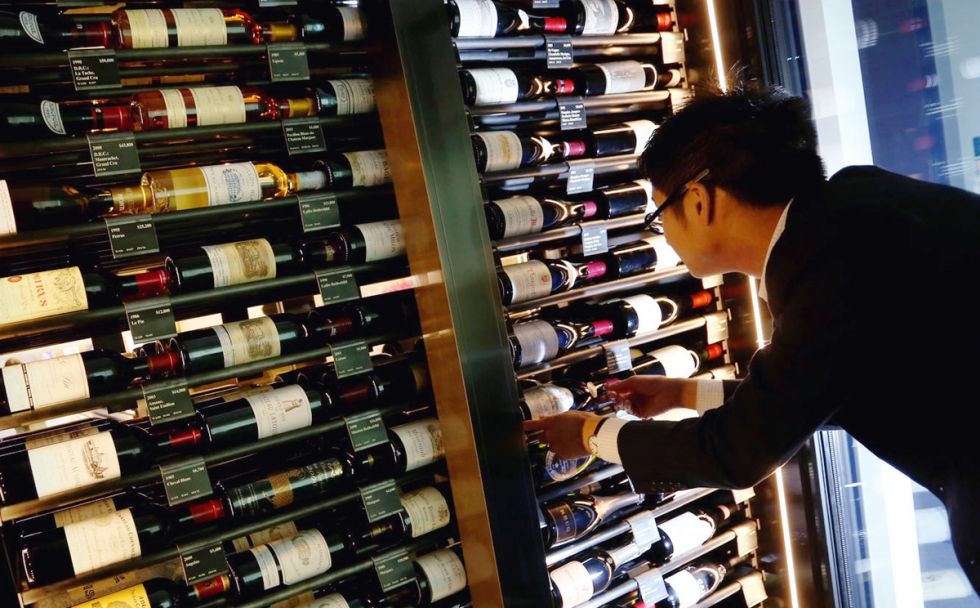Advertisement
Advertisement
Wade Shepard
Advertisement
In Partnership WithGo China-ZHENGZHOU
In Partnership WithGo China-ZHENGZHOU
In Partnership WithGo China-ZHENGZHOU
In Partnership WithGo China-ZHENGZHOU
In Partnership WithGo China-ZHENGZHOU
In Partnership WithGo China-ZHENGZHOU
In Partnership WithGo China-ZHENGZHOU
In Partnership WithQIANHAI INTERNATIONAL LIAISON SERVICES LIMITED
Grassroots hardware innovators from around the world have been drawn to Shenzhen for one reason: its capacity to produce. Prototypes and products are easier and cheaper to develop and roll out here than anywhere else on the planet, and a vibrant international community of hardware innovators have formed around the city’s electronics markets, startup incubators, and factories.
In January, Premier Li Keqiang went on a three-day inspection tour of Guangdong province under the banner of promoting reform and structural adjustment to counteract a slowing export market and a stagnating domestic economy. Along with visiting Qianhai Webank, the mainland's first virtual bank; Huawei Technologies, a rising domestic tech giant; and the new Guangdong Free Trade Zone, the premier also made two stops at less typical locations: the Chaihuo makerspace and Seeed Studios, a hardware development platform for makers.
China has long been seen as the final frontier of new customers for Western companies, a place where the commercial wells are deep – 1.35 billion people deep, to be precise.
Shenzhen is known as the Silicon Valley of China for good reason: tech giants Tencent, BYD, Huawei and ZTE have their headquarters there, and the infrastructure, investment and government support enables the city in the Pearl River Delta to generate more hi-tech enterprises.
As China transitions from an export to domestic consumption-based economy, many imported goods have gone from being rare and expensive to becoming readily available. Once the preserve of cities such as Shanghai and Beijing, it is now common to find imported food shops, foreign-food sections in supermarkets, and authentic international restaurants in third and fourth-tier cities.






























